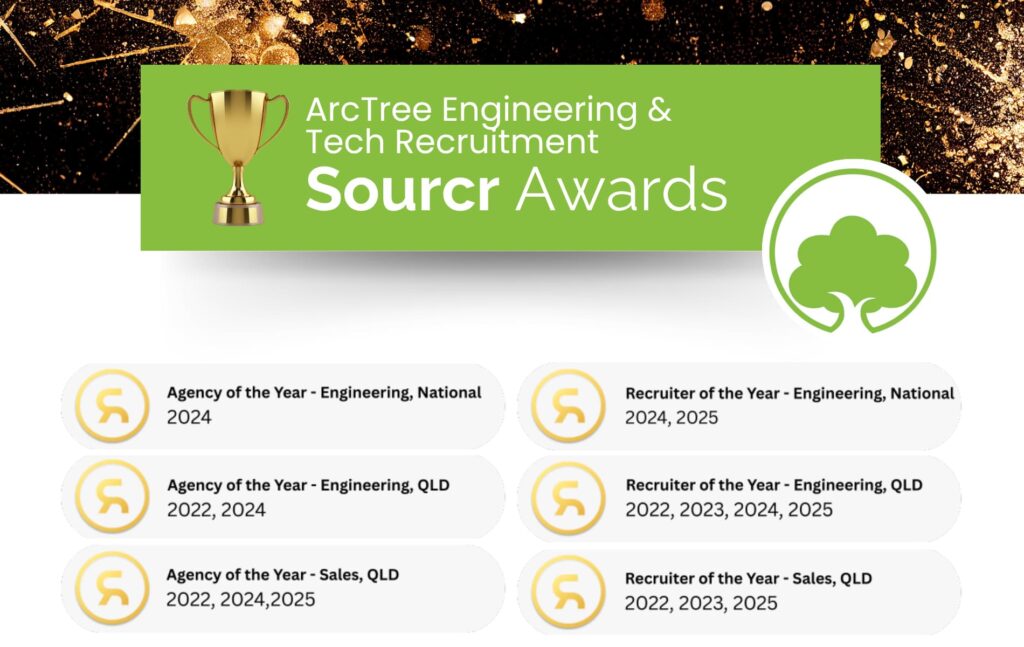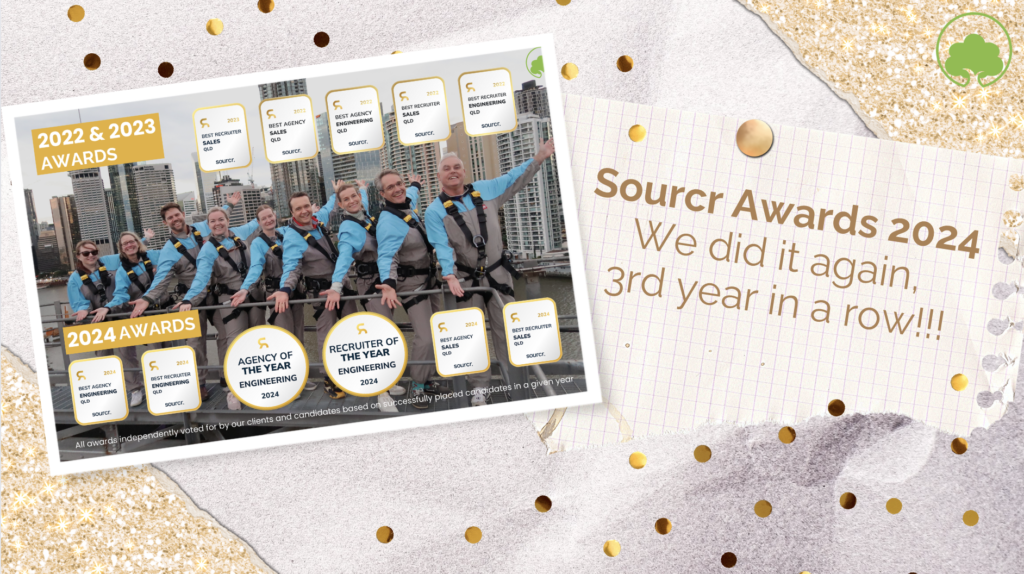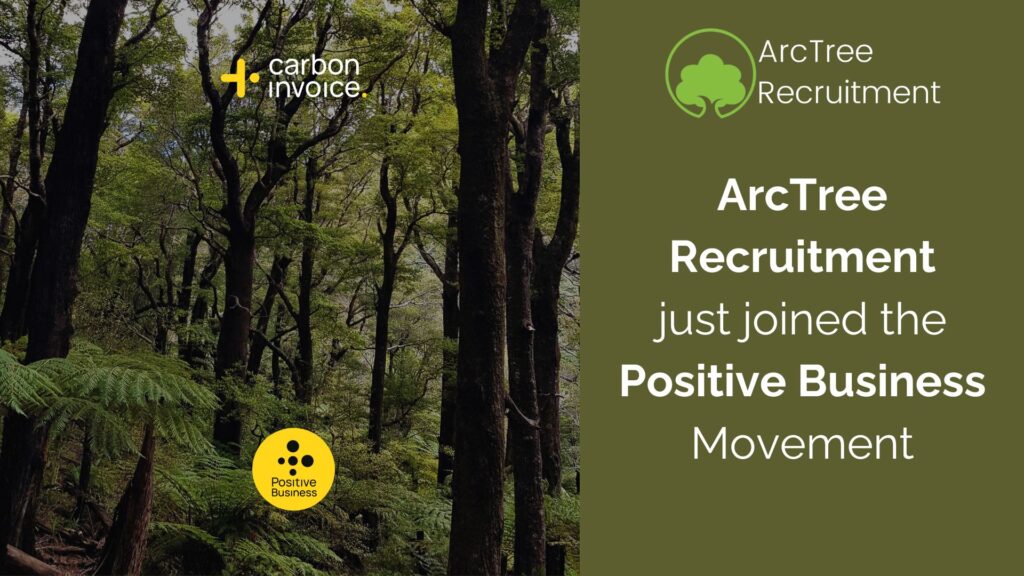Ten Top Actionable Talent Acquisition Trends
You know you will need to hire new employees in the new year—but are you ready? Will your competition out-engage you in your marketplace? And what will you do if you cannot find the talent you need when you need it?
Manage Your Employment Brand:
Your employment brand reflects your organisation and is your strongest asset for attracting new employees and continuously attracting/retaining the high-performers you don’t want to leave. Is your employment brand simply irresistible? And are your employees brand ambassadors for your organisation?
Craft a Strategic Social Media Campaign:
Recruiters need to “go where the puck will be” and understand where candidates are spending their time (pssst: they’re not just on social networks and job boards!). Our recently published High-Impact Talent Acquisition (HITA) industry study found that mature TA functions are five times more likely to have an effective social media campaign.[1] And leading-edge companies have dedicated social media strategists to curate content.
Develop a Candidate Experience Strategy:
Just like in dating, recruiters should create a good first impression with candidates.It’s All About the Candidate Experience, for some suggestions on how to differentiate your organisation’s candidate experience.
Reimagine the On-Line Application:
Unfortunately technology hasn’t kept up as job seekers today are faced with first-generation hiring management systems. Face it: many applicants are searching for jobs on their mobile devices and they’re not going to fill out a 25-page application on their phone. Want to know what’s happening with mobile? Take a short survey and check back in a couple of months for the results.
Reinvent Candidate Communications:
Ever applied for a job and wondered if your resume went into a black hole? Or worse, applied for a job and received an auto-reject notification within minutes? In a world where we can personalise our M&M’s (yes, I did it for Christmas!) and even our phones know our names, recruiters should be sending personalised content to candidates. Make sure the messages are authentic and representative of your employment brand.
Engage Hiring Managers:
According to our HITA research, recruiters developing effective relationships with hiring managers is the most influential drive of TA performance outcomes—and a staggering 97% of mature TA functions report that they have strong relationships with hiring managers.[2] And guess what? Developing relationships doesn’t cost your organisation much money—just time and mindfulness!
Develop Talent Pipelines:
Not to be overlooked, developing candidate pools is the second most influential driver of TA performance outcomes.[3] The task of recruiting has moved from the reactive filling of requisitions to proactively courting high-quality talent. Ultimately, with talent pools done well, recruiters can deliver talent on demand.
Up the Ante on Onboarding:
Did you know that 22% of staff turnover occur in the first 45 days of employment and that 4% of new employees leave after a disastrous first day?[4] Organisations should customise their onboarding programs for various job roles and generational groups, but should include a consistent experience and messaging. In addition, automation is critical to both efficiency and consistency, and some onboarding can be done online before the first day (aka “preboarding).
Make Your Metrics Matter:
Understanding the importance of metrics and analytics is a significant challenge for the talent acquisition function. With an array of metrics available, organisations should first decide what they want to measure, then determine if they have the technology in place to support the need. The next big thing? Going beyond historical reporting to predictive analytics.
Plan for Global TA:
Regardless of organisational maturity level, our research found that 68 percent of TA functions were not globally prepared.[5] TA leaders should consider their unique talent landscape—which includes candidate availability and engagement, as well as technology solution and services providers—as they look to take their functions to a global level.
Author – Robin Erickson, Ph.D











